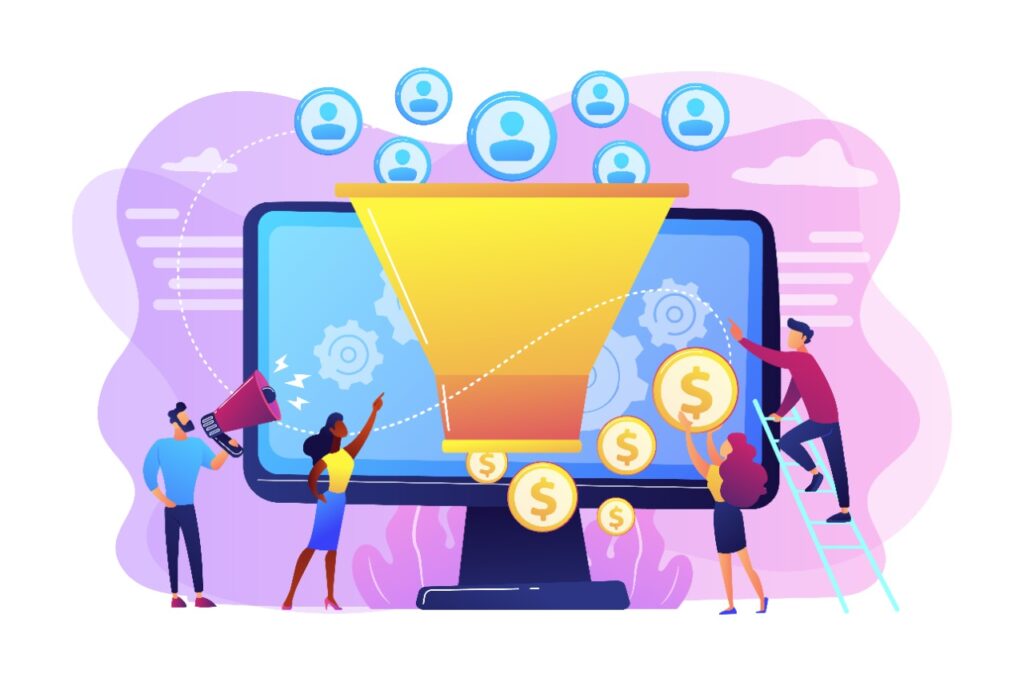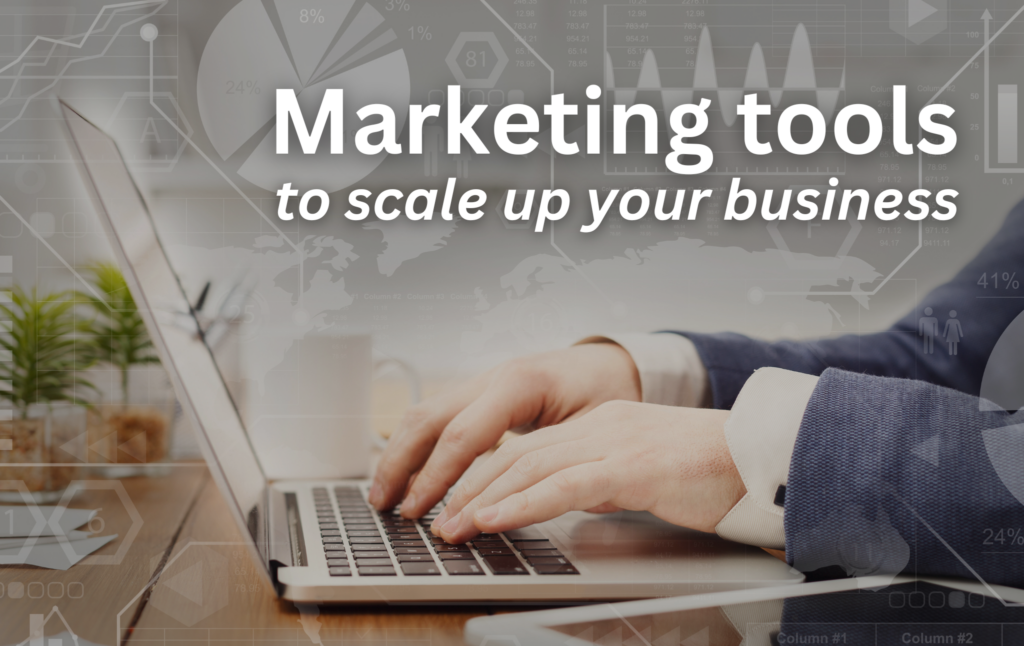
How Does the Sales Funnel Work On Marketing?

The sales Funnel is the step for buyers to purchase your products and services. By analyzing your sales funnel’s operation and its weak points, you may better understand it. Additionally, it will assist you in locating the gaps in the various stages of your sales funnel where prospects drop out and do not convert into customers. Knowing your sales funnel lets you direct prospects through it and determine whether they convert.
The steps someone takes to become a customer are outlined in a sales funnel. There are three components to it:
Top Funnel:
The marketing at the top of the funnel draws potential customers to your company.
For Example: The Advertising on your physical storefront, or the landing page of your website.
Middle Funnel:
The Whole purpose of the pre-sale and sales process is included in the middle of the funnel.
For Example: If the people trying on clothing in your store, or website visitors reading about the benefits of your products.
Bottom Funnel:
The last purchase is made at the bottom of the funnel.
For Example: The customers paying for clothes at checkout, or the website customers entering their credit card info to complete a purchase.
Although each company’s sales funnel stages will be different, they are typically divided into the following four categories:
Awareness:
Prospective customers are most numerous during this stage. Through the use of content marketing, email marketing, social media marketing, or another channel, they have identified a problem, started looking for a solution, and learned about an organization.
Interaction:
Potential customers start to decline at this point, but chances of conversion increase. Typically, the customer will contact the company at this point and ask for further details. The prospect will also examine other products to see if the company’s offering can best fulfill their demands.
Interest:
By contacting the company for information, the potential client shows increased interest in the business. This part of the process could include sales proposals, additional investigation into the many possibilities the company offers, and price. The customer no longer advances in the funnel if they decide not to make a purchase.
Action:
The sales funnel’s last stage of action is when all of the earlier steps come together. The customer has made up their mind about whether or not to buy the product at this point. The company can employ additional marketing strategies to make sure its product remains top-of-mind even if the prospect decides not to buy.
What are the steps to creating a sales funnel for your business?
Create a landing page first:
The first time potential customers discover about your business will probably be on a landing page. Clicking on an advertisement, registering for a webinar, or downloading an ebook will lead them to a landing page. That page ought, to sum up, your company’s identity and distinguishing qualities. Additionally, and perhaps most importantly, make sure the landing page has a form for visitors to fill out. You want to get their email address so you can stay in touch with them.
Make a valuable offer:
Here’s where you have to offer your potential customers something in return for their email addresses. An ebook or whitepaper can be used as a lead magnet to effectively give something of value to your landing page.
Start Strengthening :
Your prospects will then transition from the Awareness stage into the Interest stage at this point. Additionally, you may construct an email nurturing series to give instructional content about your service since you have all of their email addresses from the landing page.
Upsell:
Prospects entering the Decision stage will be encouraged to purchase if you offer anything that can promote such a decision. A product demo, prolonged free trial, or exclusive discount are a few examples of this.
Keep it going:
You either acquire new clients during the Action phase or learn the reasons why potential customers aren’t interested in making a purchase. Regardless of the outcome, keep communication open. New consumers should be educated about the product, engaged, and retained. Create a fresh nurture series for prospects who didn’t buy so you can follow up with them every few months.
In this digital age, businesses can create their sales funnel quickly by Singlebag. You can easily track, control, and oversee your conversion rate by creating and streamlining the sales funnel.
Additionally, it gives firms the chance to fix their flaws, particularly if their sales are poor. Therefore, begin devoting time and effort to your company’s sales funnel if you want to increase sales profitability and customer retention.






Responses